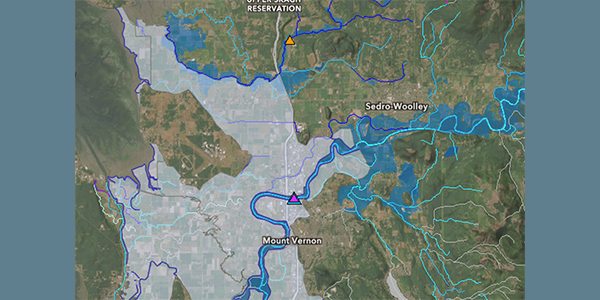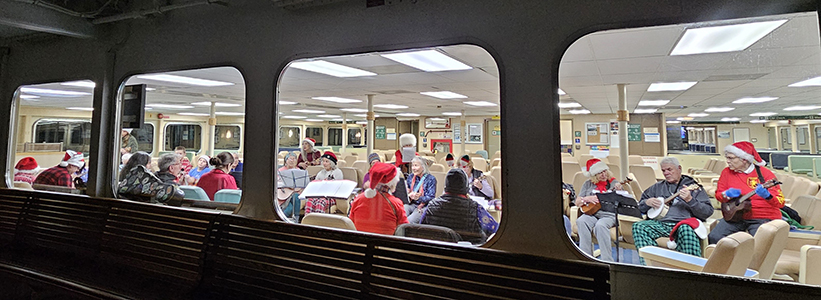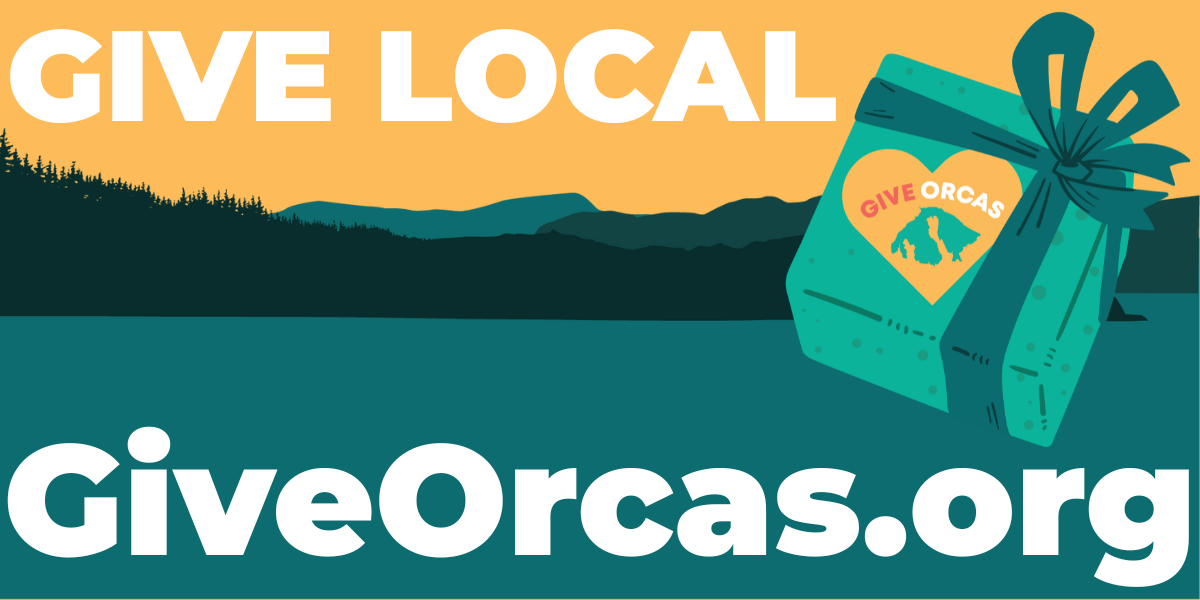||| ORCASIONAL MUSINGS BY STEVE HENIGSON |||
Why did four of New York City’s seven large-circulation newspapers die? It happened quite suddenly, all in the same year. And why did The New York Times change its format and its editorial policy at about the same time? And what has all this to do with Orcas Island and we Orcasians?
The Newspaper Guild, a labor union for writers and reporters, went on strike against the Daily News, one of the sensationalist tabloids and the largest-circulation newspaper in New York City. The Guild’s demand was for higher wages, but the union’s wage demand was excessive on its face. Nevertheless, the union refused all of the publisher’s rebuttal offers, and the Daily News stayed closed. Very soon, the other newspaper-workers’ unions joined the action, and closed down the six remaining major papers as well.
The strike lasted from early December 1962 through the end of March 1963. The huge loss in advertising revenue, about 100 million dollars (860 million today), guaranteed that most of the newspapers involved went broke, and had to close permanently by the end of 1966. Nineteen thousand newspaper workers were thrown out of work, losing not only their wages, but also their benefits packages and their retirement plans. The newspaper-workers’ unions themselves barely survived.
The New York Times also survived the strike, but only because it quickly found new sources of readership and revenue. Its publisher’s major strategy transformed the paper into a national, rather than a local, news source. The addition of photographs delivered the illusion of competition with television news. Dedicated departments, different ones appearing every day of the week, presented sectional and special-interest reporting. Further, the Times became the nation’s leading liberal and Progressive printed-news outlet by finally letting its bias show through, and admitting it. While these strategies have been successful in a general sense, they also have led to some serious problems, in the recent past typified by editorial tolerance of both Jayson Blair’s deeply flawed, fraudulent reportage, and the false accusations of rape against the Duke University lacrosse team.
The slogan of The New York Times has forever been “All the News That’s Fit to Print.” It’s intended to characterize high-quality reportage, instead of yellow-press sensationalism, but nowadays it almost seems to describe censorship. Who, for instance, decides what’s “fit” and what’s not? Since the Times has begun admitting that there’s bias in its reporting, does that mean that only stories that are slanted liberal and Progressive are “fit to print”? We must hope not. In today’s hyper-contentious political climate, we need news outlets that deliver both rational discussions and examples of compromise, which will guide us toward breaking the deadlocks inherent to fanatically-partisan politics.
And that brings us to Orcas Island. We Orcasians have a small-circulation print newspaper, The Islands’ Sounder, and an on-line forum for both news and discussion, The Orcasonian. While both of these news sources are positioned at the liberal side of the spectrum by their editors, and both display bias, The Orcasonian encourages opposing points-of-view to politely slug it out in continuing exchanges of ideas and opinions, while The Sounder limits discussion to one comment per contributor per month. Perhaps that limitation is causing a decline of The Sounder, both in quantity of content and also in circulation.
This is a troubling time for newspapers. They are beset by easily accessed electronic media, much of which is free of charge, and some of which even tells the truth. In order to survive, a news outlet must find a unique niche which makes it a necessity to its readers. I suggest that extensive, open discussion among the proponents of every side of an issue, and carefully guided, well constructed examples of the art of compromise, could form that indispensable niche.








